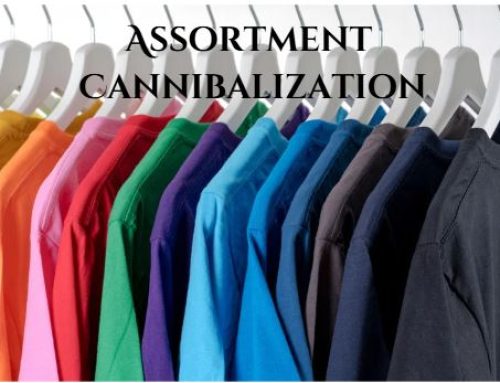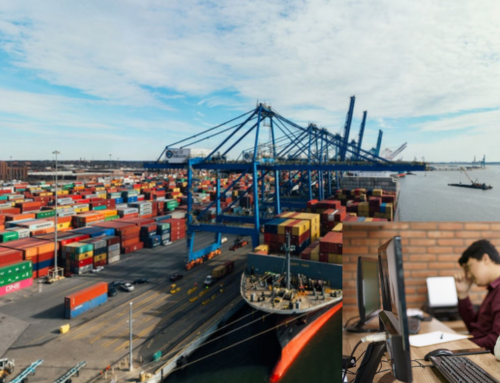Store Clustering
Retail store clustering is the process of grouping stores with similar characteristics to make purchasing inventory for those stores easier. Rather than making dozens of decisions related to each customer touchpoint, merchandising teams can make inventory buying decisions for groups or “clusters” of stores.
Assortment planning is rarely a simple process for retailers. As companies evolve, the number of factors that need to be considered when deciding about buying quantities increases exponentially. Growing companies need to factor in additional omnichannel and new locations.
Human beings simply can’t handle the amount of information required to make decisions for each location. It’s too resource-intensive, and the return on investment quickly diminishes as complexity increases.
In light of this, most companies have adopted some method of clustering their stores to simplify decision-making.
What retail metric should I cluster on?
The most common characteristic retailers use to cluster their stores is sales volume. The stores with the highest sales volume form the first cluster, followed by a few clusters of stores with successively lower sales volumes. Following this strategy, merchants can buy certain items only for the stores with the highest sales volumes, where they can be sold.
Others may cluster by store size. A small downtown store simply can’t hold the same amount of inventory as a sprawling suburban location. Being able to make decisions about buy quantities based on capacity makes the merchant’s job easier – and prevents stores from being crammed full or left with bare shelves.
Still others may cluster by sales channel. Having separate buy plans for e-commerce and bricks-and-mortar accommodates the “endless aisle” online shoppers expect while managing the physical constraints of traditional stores.
The most advanced retailers, however, cluster by customer demand. Rather than choosing attributes that describe the location (such as the ones above), this strategy revolves around the preferences of the customers shopping in those locations.
Just as you might expect customers in New York City and Portland, Oregon to have different tastes, you might be surprised to find that they tend to share an affinity for certain products. Identifying these trends is crucial for getting the right products in front of the right customers.
So how do you identify which products will perform best at which locations?
This is accomplished through indexing, which takes some work upfront to examine historical sales data and forecast the season you’re buying for. A baseline is established for each product class, representing the sales volume the typical store will likely achieve. Stores are given an index of how much product they’re likely to sell relative to the baseline, and locations are clustered based on their indices.
This clustering method allows you to bring buys much more closely in line with customer demand by directly addressing customer preferences by each location. Additionally, using assortment planning to tailor buys according to other location characteristics, like country or climate, allows you to easily plan to buy quantities.
The drawback to this method is that it requires a lot of work up-front and can be difficult to implement if your company uses manual tools to plan assortments. However, the extra effort is quickly rewarded as inventory expenses come under control and customer satisfaction improves.
Whatever method you use to cluster, it’s important to re-evaluate continually. Retail organizations evolve quickly and it’s possible for clusters to become outdated. Whether your company is just getting started with retail store clustering, or your methods are well established, it’s worth taking a step back to evaluate whether the method you’re using still suits the business’s needs. If you find your clusters don’t help you match customer demand, you may find your definition of clustering is too narrow.






















